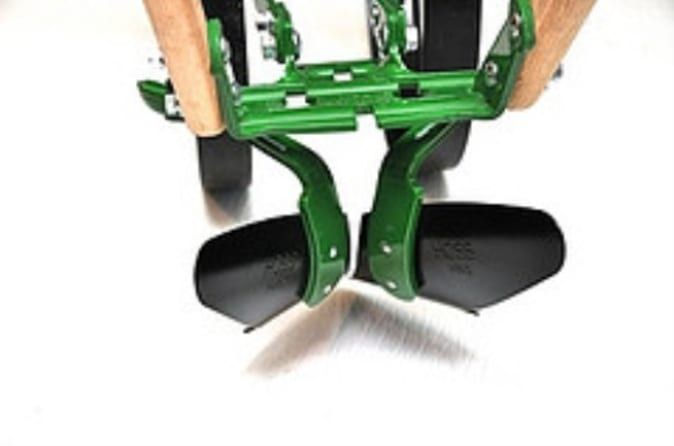Cultivator, Modern Reliable Plowing Machine

Photo by discover.hubpages.com
(Istimewa)As technology thrives and develops, its application to all aspects of our life has made tasks more efficient. Before, professionals such as advertisers may need hand-drawn materials that need to be physically redrawn over and over before it’s approved. Now, with the existence of drawing software and technology, artists could just add and tweak right on the software, making their job less time-consuming. The same goes for the simple tasks in our everyday lives and of course industries that benefit from the advancement of these technologies.
One industry that has changed so much because of the presence of this technology is the agriculture industry. The industry, where they cultivate plants and livestock to provide humans basic needs, has changed so much over the last decade with the presence of technology that assists them in doing what used to be labor-heavy tasks. There are a lot of machines used in the operation of agriculture. One of them is the cultivator, a powerful land management tool that is used before, during, and after planting.
Understanding Cultivator’s and its function
Before the advancement of machinery, farmers used to plow their soil with the help of animals like horses, buffalos, and mules. It works great because farmers can also use their waste as a fertilizer. The one downside, and quite a significant one if the farmer has a lot of lands to cover, is their upkeep and energy levels. As with any living thing, there’s a limit to their energy. Farmers need to time the plowing with how long the animal can work before they need their much-needed break. With machinery, depending on the size, farmers can plow their land whenever and however long they want.
The cultivators are used for secondary tillage or plowing in the land management aspects of farming, replacing the need for animal labor. There are a few types of cultivators. Generally, they work by using teeth that are slightly stuck into the ground while being pulled by a source of propulsion like a tractor. Another type of cultivator is called the rotary tiller which uses the rotating motion of the disc and teeth.
Whichever type of cultivator it is, the function of cultivators is to stir, aerate, and destroy large lumps of soil. Before planting, a cultivator is used to help aerate the soil, destroying any weeds or previous crops. This process helps to loosen the soil and let the deeper soil come up and be exposed to sunlight. After the seeds or seedlings are planted, the cultivators’ function is to aerate the soil around the crops and kill any emerging weeds.
Lands that can use Cultivators
According to Okezone News, there are three main types of cultivators that are typically used in Indonesia. The 4 Wheel Tractor Cultivator, Rotary Tractor Cultivator, and Mini Tiller Cultivator. Each one has its purposes and application on types of soils. Let’s break them down a little bit.
The 4 Wheel Tractor Cultivator can be used in various lands, hard, drylands, even wetlands like rice fields. It just needs a few attachment adjustments. This cultivator is quite big and is perfect for large lands. The size can help reduce the cultivation process time, making plowing a large agricultural land more efficient.
The second one, Rotary Tractor Cultivator, is widely used on land that is not too large and on flat land. It can be used in both wet and dryland conditions. For processing drylands, the first process can be done by using a moldboard plow or better known as singkal to break up the soil. Then the Rotary Tractor Cultivator is used for finer crushing and leveling. For wetlands such as rice fields, one cultivation process can be used until the land is ready for planting.
Lastly the Mini Tiller Cultivator. This mini-tiller cultivator can only be used on dry land. It is called a mini because it is quite small with a weight of 64 kg, making it easy to move on different crops and fuel-efficient. Of course, the smaller sizer would mean a longer time for big lands, but for smaller lands this model is perfect for weeding, making mounds, and trenches.
Each cultivator works by breaking up the soil and aerating them, making the nutrients in the soil more evenly distributed. It can also help with the application of fertilizer. A mix of manure or mature compost before planting can help increase soil fertility and supply the seeds with a boost of nutrients.
Written by: Safaanah
